Understand
Experience the awe-inspiring beauty of Rabaul, a captivating city on the Gazelle Peninsula in the northeast of New Britain island. Set against a backdrop of majestic volcanoes and lush mangrove swamps, this unique destination offers a glimpse into the past as well as the resilience of its people. Once the German New Guinea headquarters, Rabaul witnessed the turmoil of World War I and World War II. Today, remnants of that tumultuous era can be explored through the intricate network of tunnels dug by the Japanese army as a shelter from Allied air forces. The devastating eruption of Tavurvur and Vulcan volcanoes in 1994 tested the resilience of the city once again. However, Rabaul rose from the ashes, showcasing its indomitable spirit. Wander the reconstructed streets, immerse yourself in the local culture, and be humbled by the beauty and power of nature that surrounds this remarkable city.
Map & Climate
Popular Foods
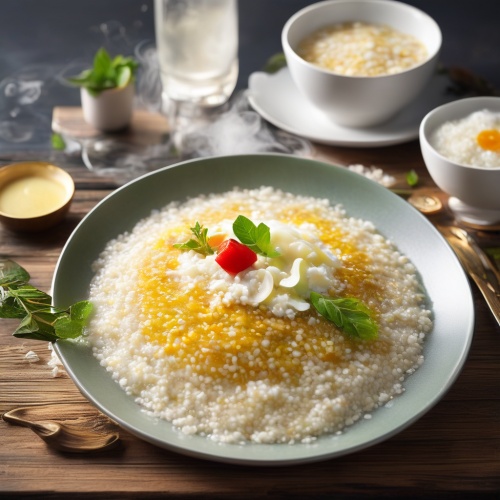 Papaya Salad - This refreshing salad is a staple in Papua New Guinea. It features ripe papaya chunks mixed with coconut cream, lime juice, and chili peppers, offering a perfect blend of sweet and spicy flavors. The dish can be garnished with crushed peanuts and fresh herbs for added texture and aroma.
Papaya Salad - This refreshing salad is a staple in Papua New Guinea. It features ripe papaya chunks mixed with coconut cream, lime juice, and chili peppers, offering a perfect blend of sweet and spicy flavors. The dish can be garnished with crushed peanuts and fresh herbs for added texture and aroma.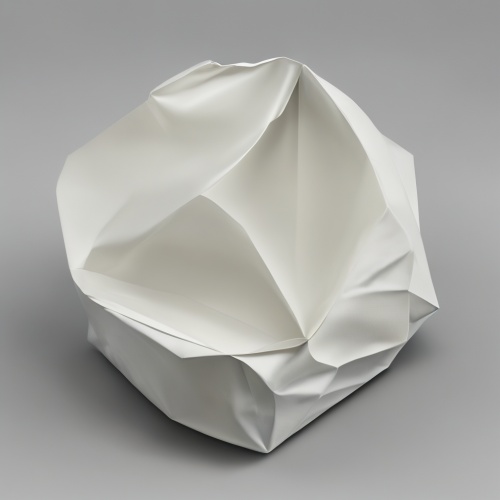 Sagu - Known as the "food that won't spoil," sagu is a versatile staple made from cassava root. After being processed and dried, it can be cooked in various ways, including boiling, roasting, or baking. Sagu is often consumed with savory side dishes, such as fish, vegetables, or eggs.
Sagu - Known as the "food that won't spoil," sagu is a versatile staple made from cassava root. After being processed and dried, it can be cooked in various ways, including boiling, roasting, or baking. Sagu is often consumed with savory side dishes, such as fish, vegetables, or eggs.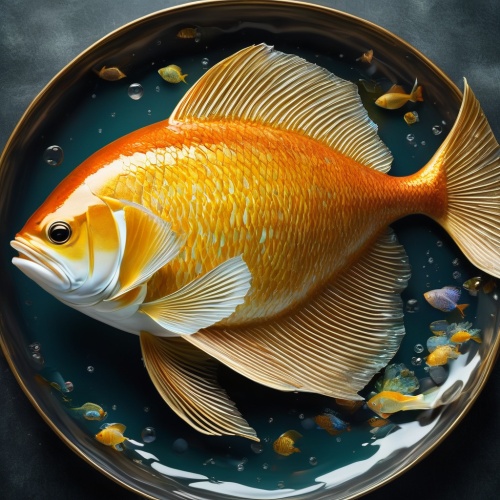 Grilled Fish - Given its extensive coastline, fish plays a prominent role in the Papua New Guinea diet. Locals often grill their catch over open flames, enhancing the natural flavors with simple seasonings like salt, pepper, and lemon. The dish is typically accompanied by steamed greens and starchy roots, creating a nutritious and satisfying meal.
Grilled Fish - Given its extensive coastline, fish plays a prominent role in the Papua New Guinea diet. Locals often grill their catch over open flames, enhancing the natural flavors with simple seasonings like salt, pepper, and lemon. The dish is typically accompanied by steamed greens and starchy roots, creating a nutritious and satisfying meal.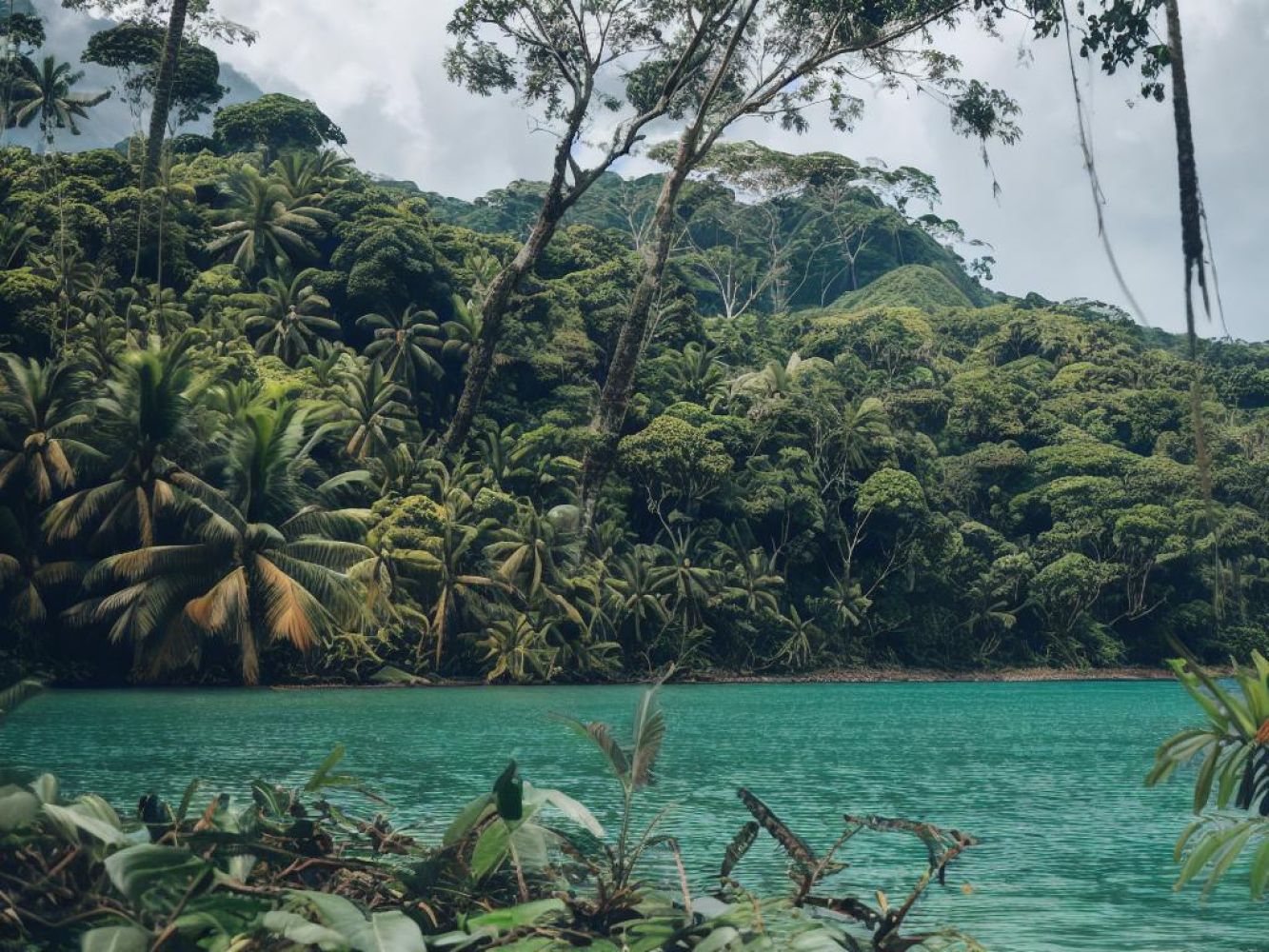
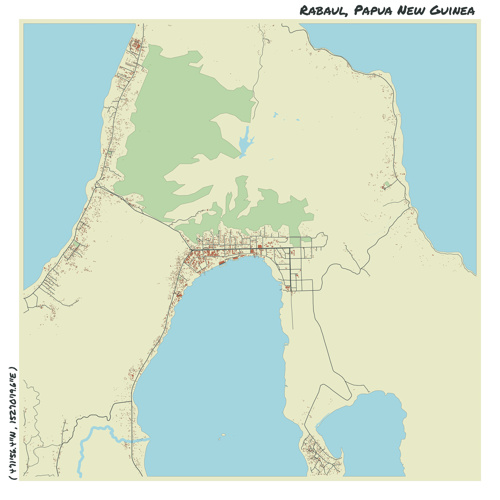
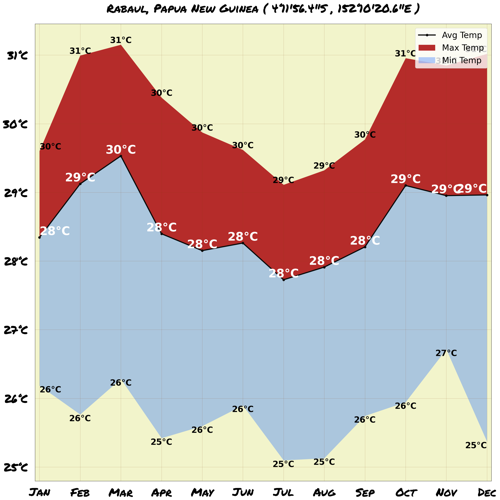
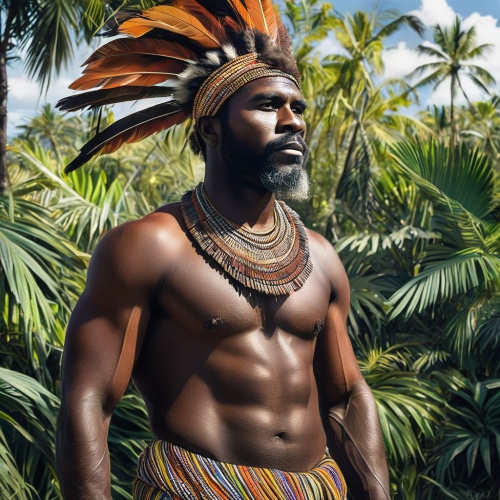

Comments
NO COMMENTS